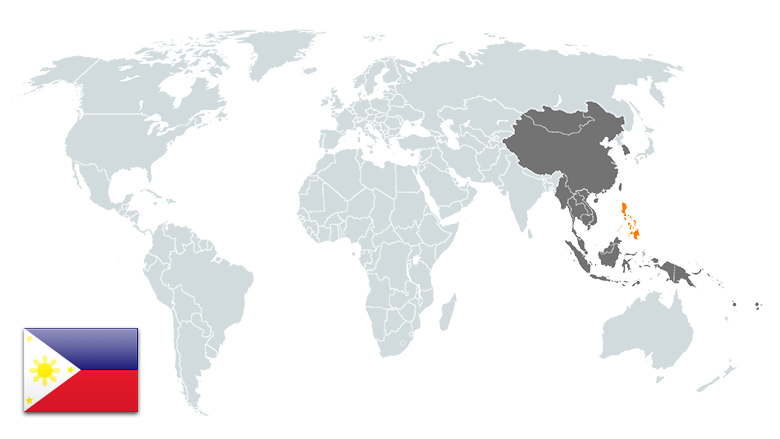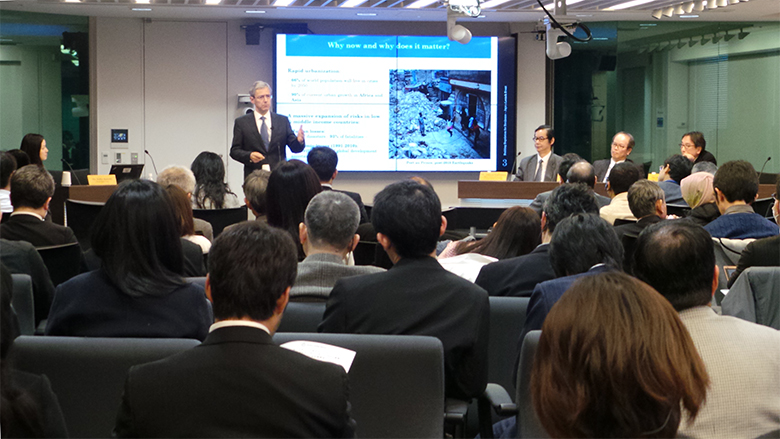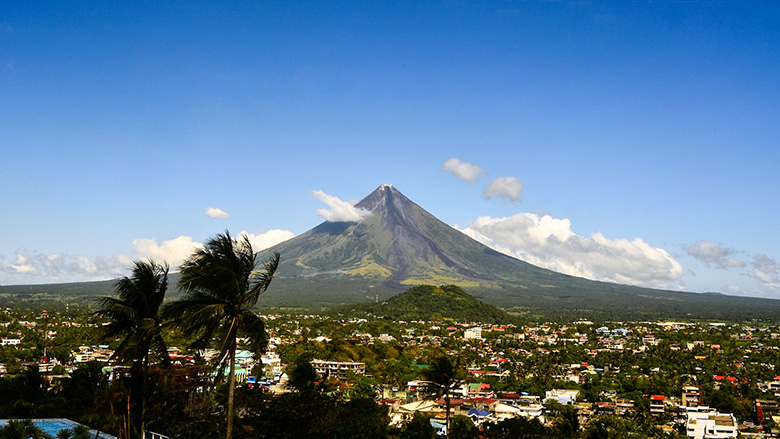Highlights
- Strengthening disaster risk management institutional systems and sectoral agency capacity in the Philippines, enabling a phased implementation of risk reduction programs for key public buildings and infrastructure.
- Supporting financial resilience with a new contingent line of credit to the Government of the Philippines, which includes activities supporting result indicators in this Second Disaster Risk Management Development Policy Loan with a Catastrophe-Deferred Drawdown Option (CAT-DDO 2).
Project Overview
This project helps to strengthen DRM institutional systems and sectoral agency capacity to allow phased implementation of risk reduction programs for key public buildings and infrastructure in the Philippines.
Disaster Risk Management Hub, Tokyo is providing technical assistance in four areas:
- Strengthening institutional and legal frameworks for DRM;
- Developing methodology and analytical tools for disaster and climate risk-informed socio-economic planning and public investment programming;
- Technical support for revising the national building code (NBCP) to integrate and mainstream disaster risk reduction measures; and
- Technical support for resilient investments in priority sectors.
Activity Updates
- Preliminary recommendations on mainstreaming DRM in planning and investment programming and disaster risk financing and insurance (DRFI) have been delivered to the Philippines’ National Economic and Development Authority (NEDA) and the Department of Finance (DOF) as an input to the ongoing Sunset Review of the 2010 Philippines Disaster Risk Reduction and Management (DRRM) Act. These recommendations will help inform NEDA and DOF’s inputs to a draft bill for amendments to this act.
- There has been ongoing technical assistance support the Department of Public Works and Highways with reviewing the basic provisions of the NBCP, and developing revisions that could fundamentally improve the national building regulations and strengthen risk reduction. To support the activity, collaboration with technical experts at the Architectural Institute of Japan has been developed through the DRM Hub.
- The integration of disaster risk reduction measures in revisions to the National Building Code of the Philippines is a result indicator of the CAT-DDO 2.
- Focusing on developing retrofitting solutions and cost estimates for priority school buildings in metro Manila, a mission was engaged in discussion with the Department of Education on the need for assessments and recommendations for remedial actions on the existing school building stock located in multi-hazard high risk areas.




